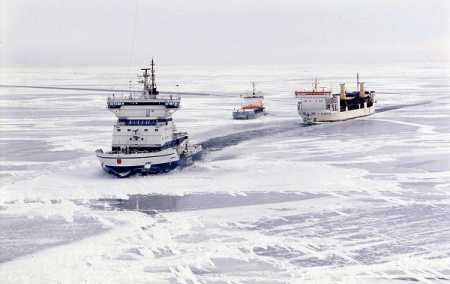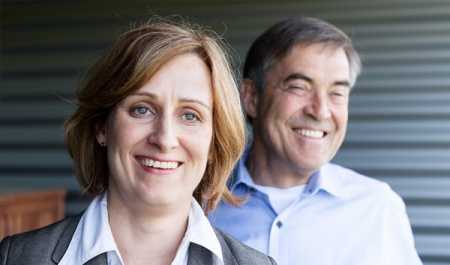Fri, 11 Sep, 2015 01:17:59 AM FTimes Report, Sep 11
As the 10th largest economical region in the world, the outlook of the region becomes even more interesting if the wider Arctic region with an investment projection of approximately 140 billion euros by 2025 is taken into consideration. Suomi-talo (Finland house), a brain child of the City of Oulu, is a signature initiative in showcasing these opportunities. Based in Tromso, it acts as a connection point for all Finnish companies, boosts exports from Finland, and is at the forefront in promoting collaborations between companies in northern Finland and their Swedish and Norwegian contemporaries.
As Pikkujämsä emphasised, Norway is not the only place in need of special labour or technology; the entire Arctic region can act as a springboard for companies. “With IoT, we’re no longer talking about opportunities but everyday actions.” There is Sweden, for example, a country which boasts one of the largest iron ore mines in the northern town of Kiruna, which needs green mining technologies and mining engineering. Martti Hahl, the head of Rovaniemi-based Barents Centre acknowledges the significance of country-specific needs. “Each country has its own specific needs within the region, and this makes the whole thing economically so interesting.” The importance of sensor technology and mobile communications between devices as well as the growth in significance of Finnish research in sub-zero temperatures all come into play as mining technologies advance and harsher environments become accessed in non-manned extraction. Already adapted by the Norwegians, companies are extending the Safety and Rescue procedure from humans to devices and materials enabling them to monitor gas and oil from extraction to final destination. “The companies from Oulu can test drive their business in the Arctic region, initiating sales in Sweden, then expanding in growth in Norway – it’s the perfect global growth stepladder,” Hahl explained. Despite the challenges when it comes to the poor infrastructure and scarcity of funding on the Russian side, the partners are banking on the vast amount of natural gas the region holds. Therefore, long-term commitment to aid the north Russian infrastructure and developing cleaner industry is still worthwhile. “Let’s not forget: VTT’s research states 120 years of oil left, but 350 years of gas,” Hahl said. Attempts to boost collaboration in the region including the Russian side and the Kola Peninsula are not new. The efforts began 25 years ago with a joint report on actions in the North to better succeed economically. Subsequent efforts include a report in the 2000s which states five main objectives including business drivers and areas of collaboration. “One example of such actions is the Arctic Airlink, which is absolutely vital for collaborative business in the western Arctic area,” Hahl said. Pikkujämsä agrees that courtesy of the Arctic Airlink, boost in business-to-business commerce and new contacts generation has been witnessed in almost every segment. According to Pikkujämsä, the 2016 Gällivare housing fair organised by BusinessOulu in conjunction with Finnish small housing companies, for instance, provides an excellent opportunity to showcase Finnish companies, solutions in energy, and engineering.
More News
|
|
Finland Times
| Wednesday, 05 November, 2025 |



